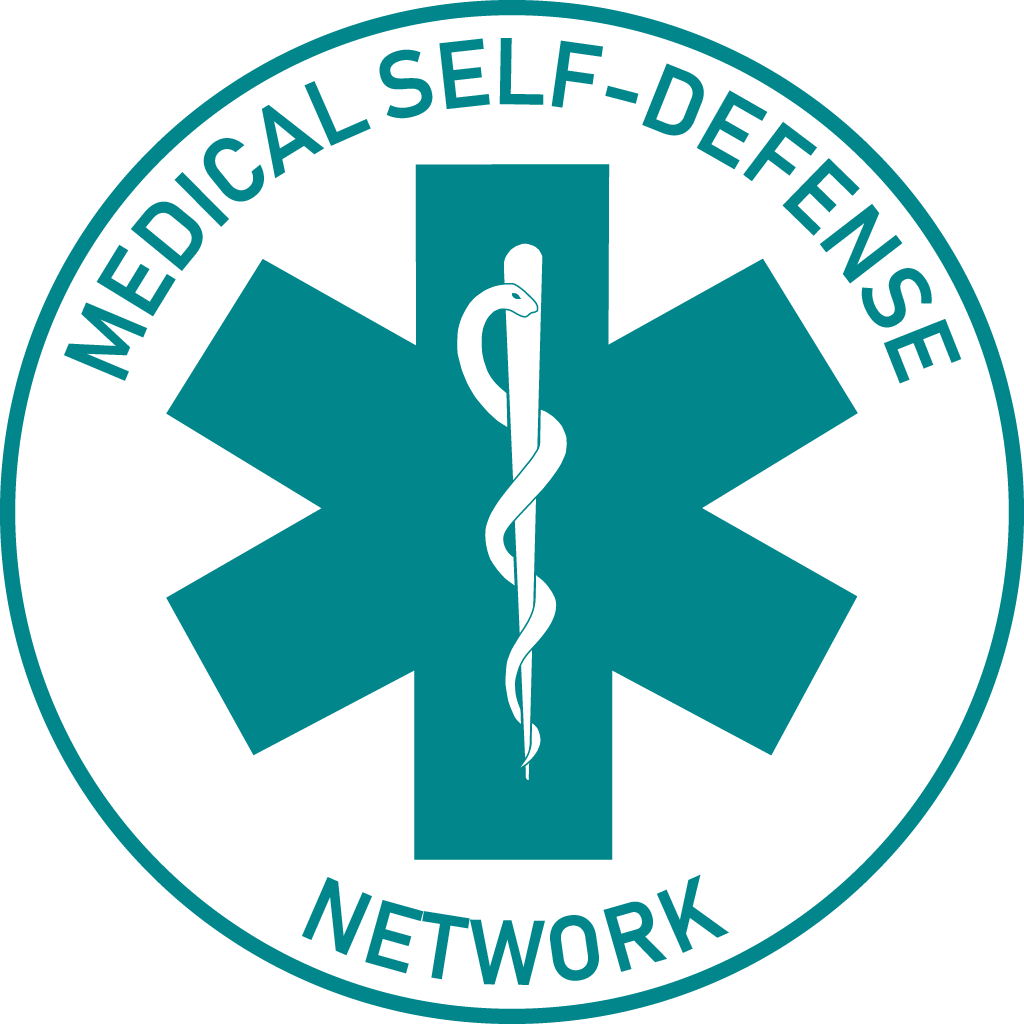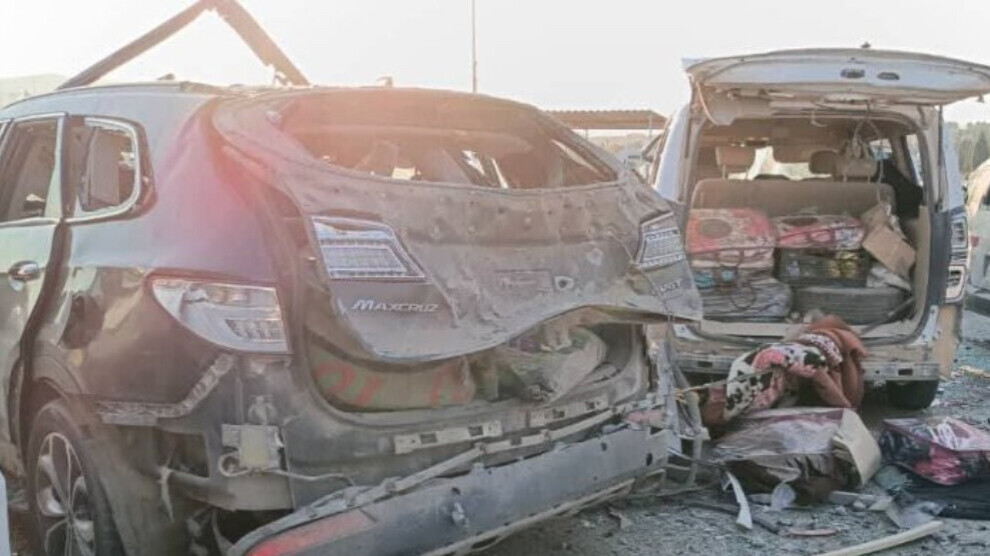An MSDN team working as first responders in North East Syria report on Turkish drone attacks against people in the region. Human Rights Watch calls these attacks ‘an apparent war crime’. MSDN is providing medical training to enhance the capacity respond in emergency situations.
– We must not only do the best we can on the ground, facing these attacks while responding to the injured. One of the most important things we can do is training people to scale up the simple first response skills to bigger number of people, so that most people out there can take simple steps to save others, says Sam, an MSDN first responder.
Mina, a medic from MSDN, about the situation on the ground:
Me and another team member got called in emergency after a drone attack in our area. I ran first, the other medic followed me from afar. On the way there, I met one of the injured. He had an injury on the left eye and one on the knee. The knee was bleeding, but it wasn’t a massive bleeding as he walked towards me and called me. Since he could walk and talk, I told him that another medic was coming and kept running toward the place of the drone strike. The medic who was following me stopped the bleeding with gauze and bandages and put on an eye shield.
Arriving to the place of the drone strike I saw another injured. His situation was also not critical. He had minor bleeding on the right arm and his face covered with dust and blood. I removed the jacket, treated the bleeding with a gauze patch and some bandages, and remove dust and blood from his face.
Both of them were brought to the hospital emergency for deeper care. The one with an eye injury was sent outside of AANES to have an eye surgery (the hospitals of AANES can’t practice all surgeries because of the lack of specialist and materials). He did not fully recovered his eye sight after the surgery and will suffer the consequences of the drone strike for the rest of his life.
MSDN previously shared information in social media about Turkish drone attacks on medics, journalists and civilians.
On December 20 2024, two journalists were killed by a Turkish drone while reporting on attacks by SNA militia.
Two times civilian convoys on their way to Tishreen Dam was targeted by Turkey, the first on Janaury 8 and the second on January 15th, killing at least five people and wounding over 15. An ambulance from Kurdish Red Crescent was targeted when transporting wounded from the dam.
Sam says:
– We learned that the civilian convoy which was bombed had some people participating who had seen MSDN stop-the-bleed training shortly before that.
– Just having got a training, these few individuals were able to provide emergency response to dozens of injured, stopping critical bleeding and helping to carry people away. They said it was helpful to get basic training and get into the mindset of responding to such situations, because now any of us can become a target of attack – anyone from a child, humanitarian volunteers, women, to old people.
– We must not only do the best we can on the ground, facing these attacks while responding to the injured. One of the most important things we can do is training people to scale up the first response skills to a bigger number of people, so that most people out there can take simple steps to save others, says Sam.
On January 18th German physiotherapist and humanitarian worker Jakob Rihn was injured by Turkish bombs.
ANF wrote on January 22nd that SDF had downed a Turkish UAV. The footage from the drone reveal Turkish attacks on civilians and ANF report that so far 20 people have been killed and 120 injured.
The Geneva convention as well as the International Humanitarian Law (IHL) states that attacks on civilians, medics, humanitarian workers and journalists in war is prohibited. Medics should be allowed to carry out their work without interference. Ambulances and medical facilities are not to be targeted. Human Rights Watch calls the Turkish drone attacks ‘an apparent war crime’.

